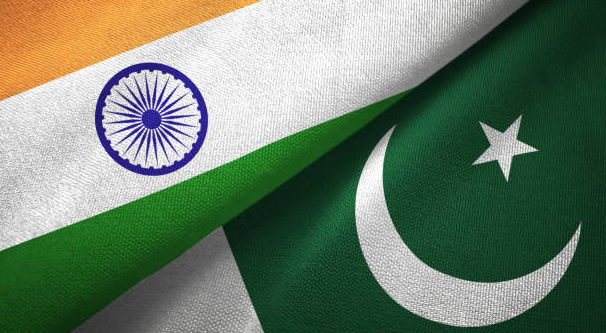KHYBER PAKHTUNKHWA PUBLIC SERVICE COMMISSION, PESHAWAR
COMPETITIVE EXAMINATION FOR PROVINCIAL MANAGEMENT SERVICE. 2016.
HISTORY OF PAKISTAN & INDIA, PAPER — I
Time Allowed: 03 Hours Maximum Marks: 100
NOTE: Attempt only FIVE questions. All questions carry EQUAL marks.
Q-1: Discuss different details and neckties of the Social, political and religious ambiances of Indian Planet in the 11th and 12th centuries; that is to say, the retro during which Islam was gaining a foothold in this sub-continent.
Q-2: ‘The Arab conquest of Sindh was solitary an episode in the history of India and of Islam, a coup d’état shorn of upshots. It led to nothing and left scarcely a remnant save in the names of certain Arab families and in the carcasses of the edifices they built’. Discuss the causes of the failures and duds of the Arabs in the light of this statement.
Q-3: The divine and deific faith was a tombstone of Akbar’s irrationality, not of his astuteness. The whole framework was the repercussion of ridiculous conceit, a monstrous and appalling growth of abandoned despotic autocracy. Do you agree? Comment.
Q-4: “The inevitability of the ever new permanent highbrow arises as a consequence of progress and spreading out of religious and humanoid society. which is faced with new problems in a new era and in a milieu”. Discuss the statement with reference to the ideas of Shah Wali Ullah Mohaddis Dehlvi.
Q-5: Write a treatise on Muslims inputs to scientific and technical knowledge under the great Mughals, giving the details and fine points of the inventions and discoveries of Meer Fathullah Shirazi.
Q-6: Why does Barni call Muhammad Bin Tughlaq as “mixture of opposites”? Discuss.
Q-7: Discuss the relations and associations of the Delhi Sultanate with the then Muslim world outside India from the time of Iltutmish to the denouement of the 14th Century.
Q-8:”lt was Aurangzeb’s fallacious, mythical and chauvinistic course of action, which, more than no matter what else, uninhabited the wonderful stuff which Akbar had so ably constructed. Compare the two monarchs as men and statesmen in the light of this remark.
